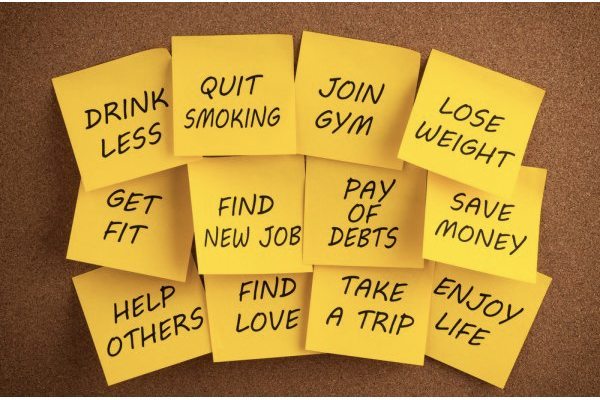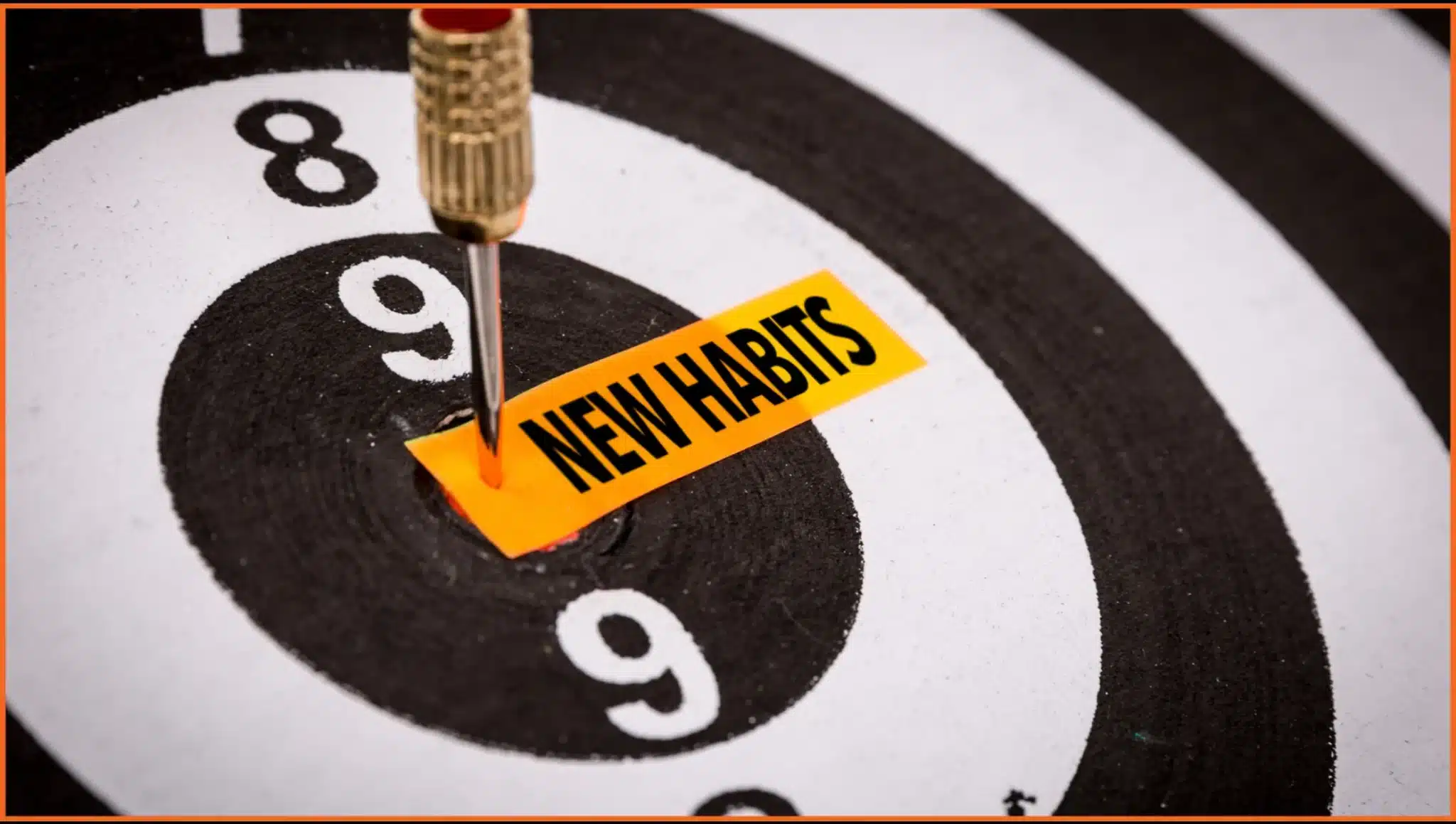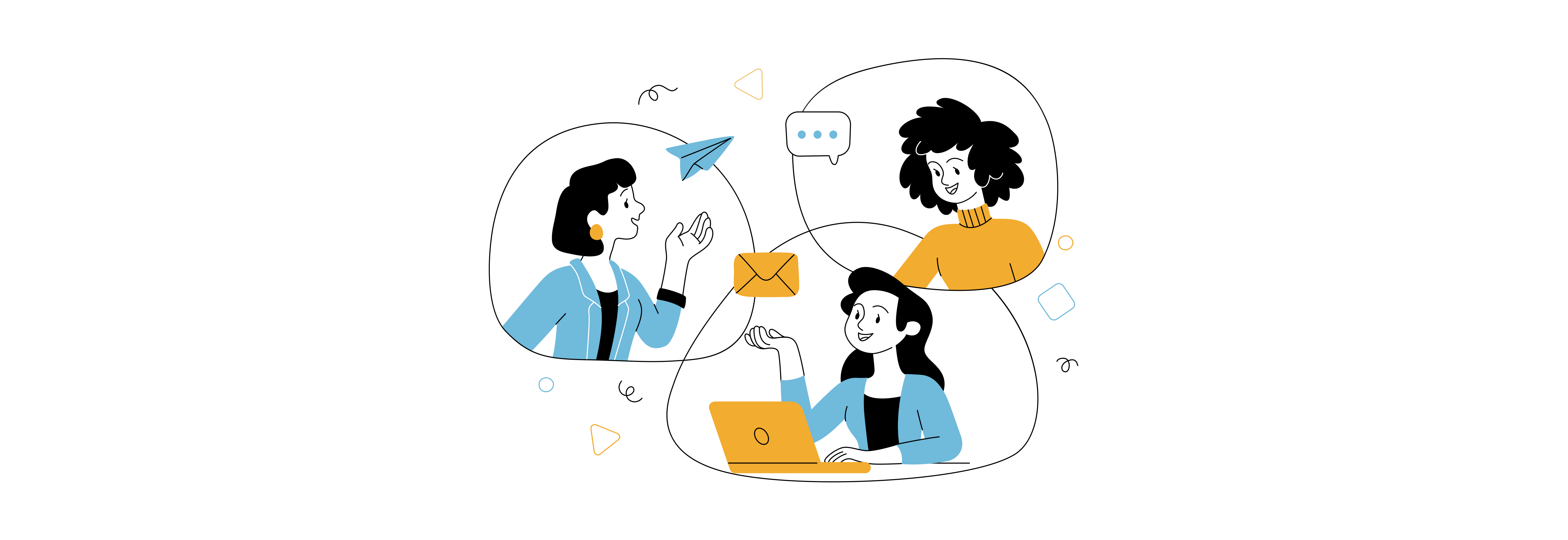Every January, millions of us make promises to ourselves. Eat better. Work less. Read more. Learn a new skill. We start with enthusiasm. We even buy planners. And then, by February, the motivation starts to fade. The routine creeps back in. And the resolutions? They slip away.
In our experience at FocusU, this isn’t about a lack of commitment or discipline. It’s about a deeper issue: resolutions aren’t structured for success.
Let’s explore why resolutions often fall short; and what you can do instead to set goals that actually work. Especially in a workplace context where meaningful, sustainable change matters.
Related Reading: Your Goal Is Your Motivation
The Illusion of Change
Table of Contents
According to a recent Forbes Health/OnePoll survey, nearly 1 in 3 people give up on their New Year’s resolutions by the end of January. The top five resolutions haven’t changed much over the years:
- Live a healthier lifestyle
- Lose weight
- Spend more time with loved ones
- Save more, spend less
- Enjoy life to the fullest
Sound familiar? They’re broad. Aspirational. And often lacking clarity.
From a behavioral science perspective, the problem is this: resolutions focus on outcomes, not systems. They’re about what we want to achieve – not how we plan to get there.
From Resolutions to Results: What Actually Works
Here’s how we’ve seen individuals and teams shift from good intentions to great execution.
1. Write Down Specific Goals
In our team coaching programs, we often begin by asking participants to write down what success looks like – in clear, measurable terms.
“Lose weight” becomes “Lose 5 kg by July.”
“Spend less” becomes “Track all monthly expenses and cut discretionary spending by 15% in Q1.”
Writing things down:
- Forces clarity
- Makes goals tangible
- Creates accountability
“What gets written gets reviewed. What gets reviewed gets done.”
2. Create Context and Milestones
In our experience, goals with no timelines become fantasies. Instead of setting a vague year-long target, break it down:
- What can I achieve in the next 30 days?
- What will I review every Friday?
- What happens if I miss a milestone?
This approach works just as well in leadership development as it does in personal growth. We’ve used it in programs like The Alchemist Challenge, where individuals set goals tied to values, not just outcomes.
3. Make Goals Public (In Your Own Way)
We’re social creatures. When you share a goal with even one person, your chances of success increase significantly.
That doesn’t mean going viral on LinkedIn. It could mean:
- A personal accountability partner
- Writing your goal on a sticky note visible at your desk
- A recurring calendar reminder to check in
In team settings, we’ve seen powerful results when managers and team members share one developmental goal openly. It builds trust. It creates shared momentum.
4. Track Progress, Not Perfection
One of the biggest resolution-killers is the “all-or-nothing” mindset. We missed one workout, so we stop altogether. We had one bad week, so we scrap the goal.
Instead:
- Celebrate small wins
- Normalize setbacks
- Ask weekly: “What’s one thing I moved forward?”
We remind our clients: progress is not linear. It’s lived in messy moments and course corrections.
Related Reading: How Not To Give Up On Your Goals?
How This Applies in the Workplace
As L&D professionals, HR leaders, and people managers, we often set goals for:
- Learning uptake
- Culture transformation
- Leadership readiness
Here’s how this insight on resolutions translates into workplace success:
a) Link goals to why
In our leadership workshops, we ask: “Why does this goal matter to you?” Goals tied to personal purpose stick longer.
b) Use nudges
A weekly check-in. A digital reminder. A peer nudge. These tiny cues help convert intent to action.
c) Redesign feedback systems
Traditional feedback focuses on evaluation. But growth-focused feedback looks at effort, learning, and experimentation. That’s what keeps goals alive.
The Alchemist Approach
At FocusU, one of our most sought-after experiences is The Alchemist Challenge. It’s designed not around resolutions, but around intentional transformation.
Participants:
- Identify a personal or professional challenge
- Break it into milestones
- Engage in peer-supported check-ins
- Reflect on setbacks and learnings
- Celebrate their version of success
It’s powerful. Not because it’s grand, but because it’s grounded.
Final Thoughts: Change Any Day
The beginning of a new year is a symbolic moment. But real change doesn’t need a calendar to begin.
Any day can be Day 1. A Monday. A month end. A mid-year check-in.
So instead of waiting for the next new year, ask:
- What’s one thing I want to do differently this month?
- What would success look like 30 days from now?
- Who can support me on this journey?
Because in our experience, what makes change stick isn’t the date. It’s the design.










